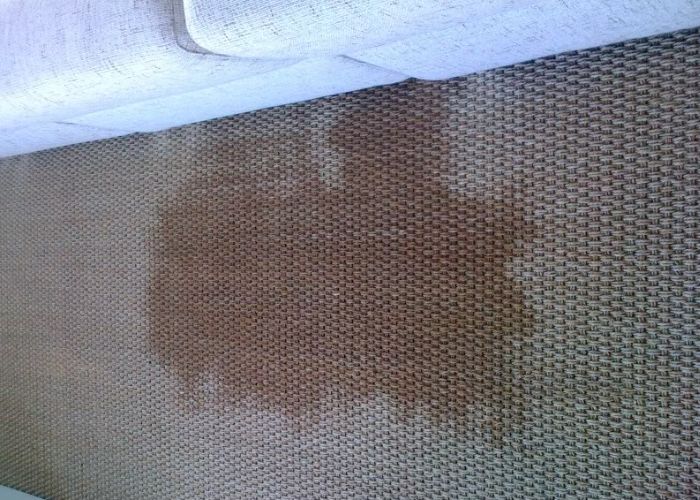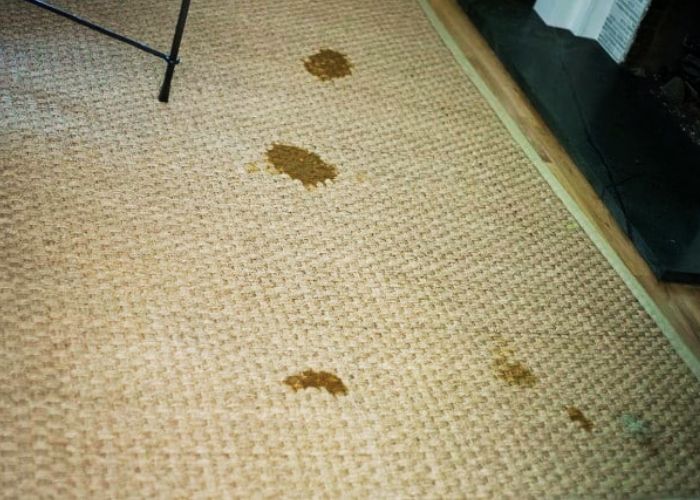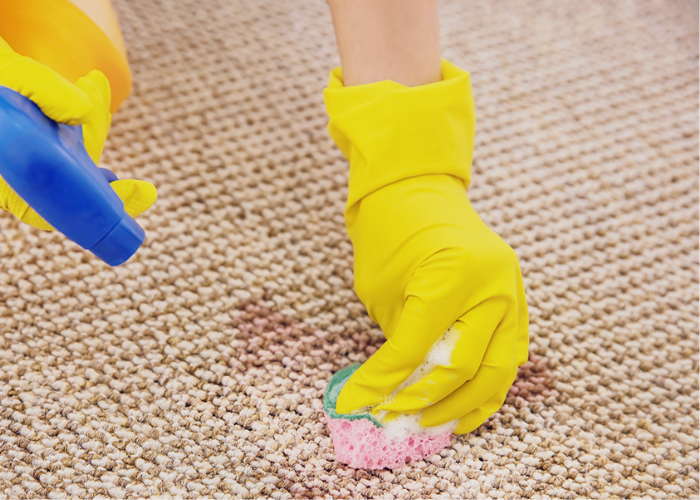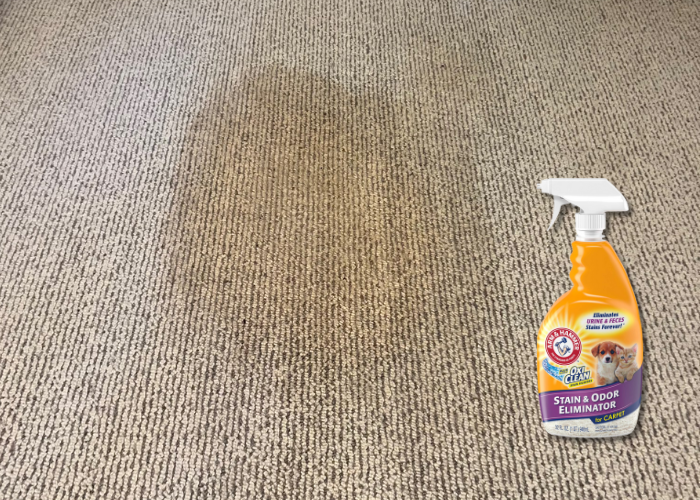Embarking on the journey of maintaining and refreshing your living space often involves tending to the nuances of decor, and when it comes to natural elements like a seagrass carpet (aka seagrass rug), understanding the nuances of cleaning becomes crucial.
In this guide, we’ll explore the steps and strategies on how to clean seagrass carpet, ensuring not only the longevity of your flooring but also preserving its natural charm.
Contents
1. Seagrass Carpet Problems
1.1 Stains and Spills
Seagrass is absorbent, making it susceptible to stains from spills. Promptly address spills using a clean, dry cloth. Avoid harsh cleaning agents, as they can damage the natural fibers. Consider applying a fabric protector to guard against future stains.
1.2 Water Damage
Seagrass can be sensitive to excessive moisture, leading to mold or mildew growth. Avoid placing seagrass carpets in damp or humid areas.
In case of water spills, allow the carpet to air dry thoroughly, and use a dehumidifier if needed.

1.3 Abrasion and Wear
While seagrass is durable, heavy foot traffic and abrasive materials can cause wear and fraying over time. Rotate furniture and rugs periodically to distribute wear evenly. Trim loose fibers carefully to maintain a neat appearance.
1.4 Allergies and Sensitivities
Some individuals may experience allergies or sensitivities to natural fibers like seagrass. Regular cleaning and airing out the carpet can help minimize allergens. Consider using a rug pad to create a barrier between the carpet and the floor.
1.5 Odor Retention
Seagrass can retain odors, especially in humid environments or after spills. Proper ventilation and periodic cleaning can help manage odors. Sprinkling baking soda on the carpet and vacuuming after a few hours may also help absorb and neutralize odors.
1.6 Seagrass Carpet Challenges Caused by Pets, Dogs
Seagrass carpets face challenges with pets, especially dogs. Stains and odors from accidents, scratching, and fraying due to long nails are common issues.
Pet dander and fur accumulation can trigger allergies. Chewing and pulling behaviors, moisture from accidents, and tracking dirt are additional challenges. Thorough cleaning is tricky, requiring pet-friendly products.
Addressing these common seagrass carpet problems requires a combination of preventive measures, regular maintenance, and careful cleaning practices. By understanding and proactively managing these challenges, you can enjoy the beauty of seagrass carpets while ensuring their longevity in your home.

2. How to Clean Seagrass Carpet?
Seagrass carpets add natural charm to any space, but proper cleaning is vital to maintain their beauty. Here’s a concise guide on how to clean seagrass carpets effectively:
2.1 Spot Cleaning
Spot cleaning seagrass carpets requires a targeted approach to prevent damage to the natural fibers. Here’s a step-by-step guide on how to clean seagrass carpet spots effectively:
- Use a clean, dry cloth or paper towel to blot the spot. Avoid rubbing, as it may spread the stain and damage the delicate seagrass fibers.
- Apply a small amount of a dry cleaning solution specifically designed for natural fibers to a clean cloth. Or dab the stained area with the cloth containing the cleaning solution. Be gentle and avoid excessive moisture.
- If possible, place the carpet in sunlight to aid in the drying process. Sunlight can also naturally disinfect and freshen the carpet.
- Cleaning your seagrass carpet with baking soda is a natural and eco-friendly method. Gently brush it into the fibers, and vacuum thoroughly. For spots, make a paste with baking soda and water, apply, scrub, and vacuum. Sunlight exposure aids drying and disinfecting.

2.2 Cleaning The Pet Stains
Cleaning with pet stains (vomit, urine,…) on carpets requires a prompt and effective approach. Acting swiftly is crucial to prevent stains from setting and odors from lingering.
So how to clean a seagrass rug pet stains? Begin by blotting the stain with paper towels or a clean cloth, avoiding any rubbing to prevent further damage to the carpet fibers. For solid pet waste, use disposable gloves or a bag to remove as much as possible.
Enzymatic cleaners are particularly effective in breaking down the components of pet stains. Apply the cleaner according to the product instructions, allowing it to penetrate the stain and neutralize odors. Alternatively, a mixture of baking soda and white vinegar can be applied to lift stains and deodorize the area.
Consider using commercial pet stain removers, specifically formulated for carpets. Follow the product instructions for optimal results. For a more thorough cleaning, steam cleaning is a viable option. You can either rent a steam cleaner or opt for professional cleaning services, especially for persistent stains.
In addition to cleaning, it’s essential to implement preventative measures. This includes training pets to use designated elimination areas and using area rugs or furniture covers in areas prone to accidents.

3. Maintain Your Seagrass Carpet
Seagrass carpets, known for their natural charm and durability, require regular maintenance to ensure they stay in top condition. Here are key tips for maintaining your seagrass carpet:
- Vacuum Regularly: Use a vacuum cleaner with a soft brush attachment to remove loose dirt and debris from the seagrass fibers. Regular vacuuming prevents particles from settling into the carpet.
- Immediate Spot Cleaning: Act promptly when spills occur. Blot the affected area with a clean, dry cloth to absorb the liquid and prevent stains from setting. Avoid using excessive water, as seagrass is sensitive to moisture.
- Rotate Furniture: Periodically rotate furniture placed on the seagrass carpet to ensure even wear and prevent permanent indentations. This helps distribute the weight across different areas.
- Protect from Direct Sunlight: Seagrass carpets can fade when exposed to direct sunlight for prolonged periods. Use curtains or blinds to shield the carpet from intense sunlight, or rotate the carpet to ensure even exposure.
- Avoid Moisture: Seagrass is susceptible to moisture, which can lead to mold or mildew growth. Avoid damp conditions, and if a spill occurs, dry the affected area promptly using a clean, dry cloth.
- Professional Cleaning: Consider professional cleaning services for a deep and thorough clean. Professionals can effectively remove embedded dirt and revitalize the natural beauty of the seagrass fibers.
- Use Rug Pads: Place rug pads underneath the seagrass carpet, especially in high-traffic areas. Rug pads provide additional support, prevent slipping, and create a barrier between the carpet and the floor.
- Regular Inspection: Periodically inspect the seagrass carpet for loose strands or any signs of wear. Trim any loose strands with scissors to maintain a neat appearance.
4. FAQs
4.1 Can you use a carpet cleaner on seagrass carpet?
Cleaning a seagrass carpet with a carpet cleaner demands caution due to seagrass’s sensitivity to moisture. Prioritize low moisture or dry cleaning methods, conducting a spot test to ensure the cleaner won’t harm the fibers.
If water is involved, use minimal amounts and promptly extract excess to prevent over-wetting. For optimal results and safety, consider professional carpet cleaners experienced in handling natural fibers. Thoroughly dry the carpet after cleaning, following manufacturer guidelines diligently.
Careful attention ensures the longevity and beauty of your seagrass carpet.
4.2 Can you wash seagrass?
Cleaning seagrass demands caution to protect it from moisture-related damage. For everyday maintenance, opt for spot cleaning with a damp cloth or sponge, avoiding excessive water. Swift drying is essential to prevent issues like mold.
If a deeper clean is necessary, use a mild detergent or soap diluted in water, testing in an inconspicuous spot first. Avoid fully submerging seagrass items and ensure thorough drying with adequate air circulation.
For stubborn stains, consider professional cleaning services experienced with natural fibers. Always consult the manufacturer’s care instructions for specific guidance.
4.3 Do moths eat seagrass carpets?
Seagrass carpets are not typically a preferred food source for moths. However, it’s essential to note that the backing or other materials used in the construction of the carpet could potentially be attractive to moths.
To safeguard your seagrass carpet, it’s advisable to maintain a clean and well-ventilated environment, as moths are more likely to be drawn to soiled or damp areas.
In conclusion, mastering the art of cleaning a seagrass carpet is crucial for preserving its natural beauty and longevity. By adhering to gentle cleaning practices, such as spot cleaning with a damp cloth or sponge, using mild detergents cautiously, and ensuring swift drying, you can protect your seagrass carpet from potential damage.
The above article is about “How to clean seagrass carpet“, if you have any further questions, don’t hesitate to send thanhcongcraft an email us at info@thanhcongcraft.com or message us at WhatsApp: +84967485411. Hope to serve you soon! Best regard!












